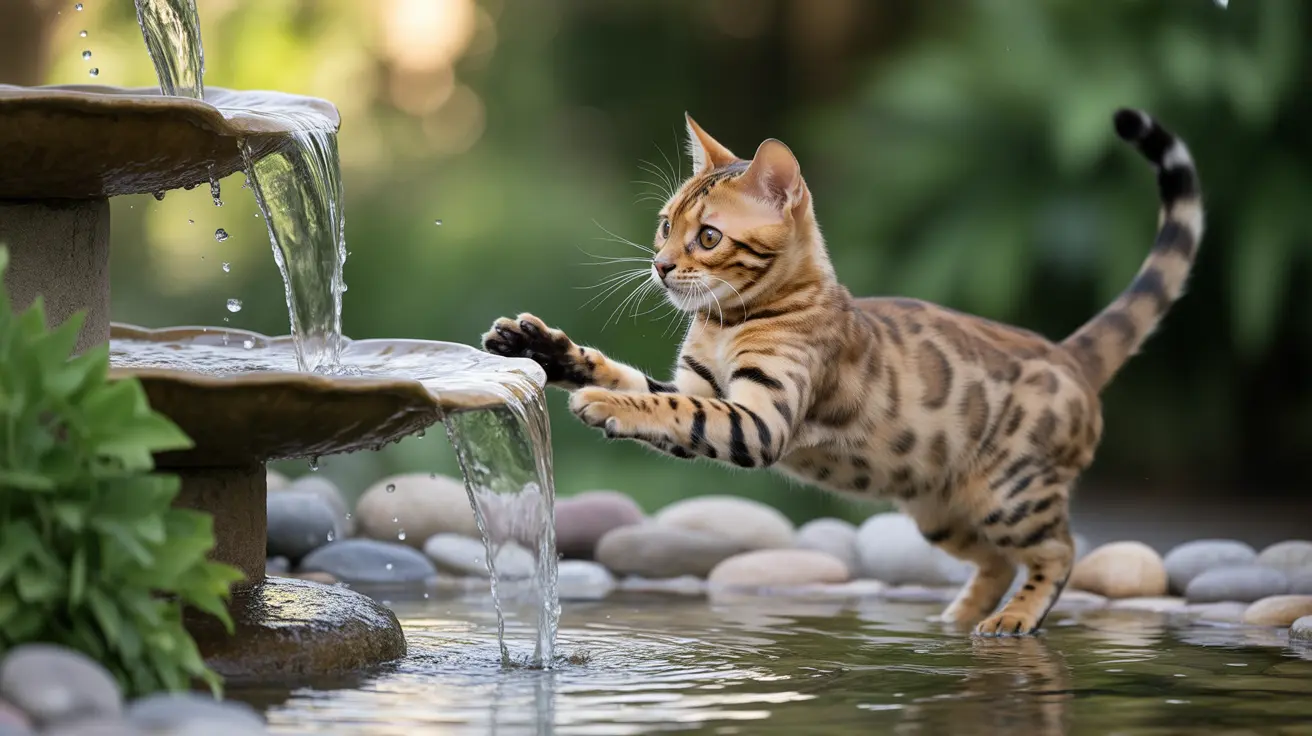Bengal cats, with their striking wild appearance and energetic personalities, often raise concerns about their potential for aggressive or dangerous behavior. As these exotic-looking felines gain popularity, it's crucial to separate myth from reality regarding their temperament and safety as household pets.
In this comprehensive guide, we'll explore the true nature of Bengal cats, examining scientific research and expert insights to determine whether these beautiful creatures pose any real danger to their human companions or other pets.
Understanding Bengal Cat Origins
Bengal cats are a hybrid breed resulting from crossing domestic cats with Asian leopard cats. While this wild ancestry might sound alarming, today's pet Bengals are typically several generations removed from their wild ancestors, resulting in fully domesticated cats that adhere to strict breeding standards emphasizing friendly temperaments.
Natural Temperament and Behavior Patterns
Contrary to common misconceptions, Bengal cats are not inherently dangerous. Research shows they display similar or lower rates of aggressive behavior compared to other domestic cat breeds. Their high energy levels and intelligence often get misinterpreted as aggression when they're simply seeking engagement and stimulation.
Key Behavioral Traits
Bengals typically exhibit these characteristic behaviors:
- Exceptional climbing abilities
- Frequent vocalization
- Strong attraction to water
- High prey drive
- Social interaction with family members
Managing Bengal Cat Energy Levels
The key to preventing any problematic behaviors in Bengal cats lies in proper management of their considerable energy levels. These cats require extensive environmental enrichment and daily interactive play sessions to maintain their physical and mental well-being.
Essential Environmental Enrichment
To keep a Bengal cat happy and prevent destructive behaviors, owners should provide:
- Tall climbing structures
- Interactive toys and puzzle feeders
- Access to water features
- Designated play areas
- Regular exercise opportunities
Socialization and Training
Early socialization plays a crucial role in developing well-adjusted Bengal cats. These intelligent felines respond exceptionally well to positive reinforcement training methods, making them highly trainable companions when proper techniques are employed.
Living with Other Pets
While Bengals can show some animal-directed aggression, studies indicate this occurs in only about 16% of cases - lower than the average rate for domestic cats. Proper introduction protocols and adequate resources for all pets can help ensure peaceful coexistence.
Frequently Asked Questions
Are Bengal cats more aggressive or dangerous than other domestic cat breeds?
No, research shows Bengal cats are not more aggressive than other domestic breeds. In fact, studies indicate they often display lower rates of aggressive behavior compared to average domestic cats when properly socialized and cared for.
What types of aggressive behaviors are most common in Bengal cats, and how do they compare to average cats?
The most common behavioral issues in Bengals include destructive behaviors (33.2%) and animal-directed aggression (16%), which are actually lower than rates seen in general cat populations. Human-directed aggression is particularly rare in well-socialized Bengals.
How can I manage and prevent aggression in my Bengal cat through training and socialization?
Early socialization, positive reinforcement training, and providing adequate environmental enrichment are key. Regular interactive play sessions and mental stimulation help prevent frustration-based behaviors.
Do Bengal cats require special care or enrichment to reduce destructive or problematic behaviors?
Yes, Bengals need extensive environmental enrichment, including climbing structures, interactive toys, and regular play sessions. Their high energy levels require consistent outlets for physical and mental stimulation.
Can Bengal cats be safely kept with other pets given their tendencies toward animal-directed aggression?
Yes, Bengal cats can safely coexist with other pets when properly introduced and managed. Their rate of animal-directed aggression (16%) is lower than that of average domestic cats, and successful integration often depends on proper introduction techniques and resource management.
Conclusion
Based on scientific evidence and expert observations, Bengal cats are not inherently dangerous. While they require dedicated attention to their unique energy needs and environmental enrichment, they typically make affectionate, engaging, and safe family companions when properly cared for and understood.
Success with a Bengal cat comes down to understanding their needs and providing appropriate outlets for their natural behaviors. With proper care, training, and enrichment, these exotic-looking felines can be wonderful, safe additions to the right households.






